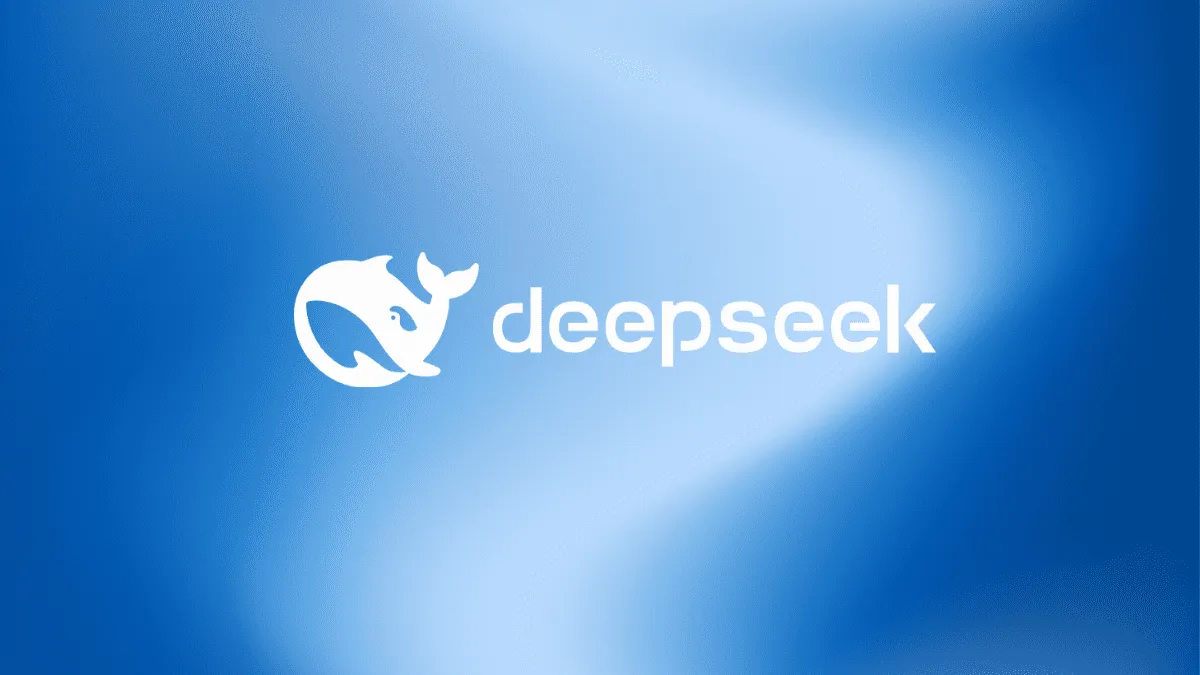
The global AI landscape witnessed a seismic shift on January 27, 2025, with the launch of DeepSeek, a Chinese AI startup that has rapidly emerged as a disruptive force. Unlike its Western counterparts, DeepSeek has achieved exceptional AI performance with significantly lower costs and computational resources, challenging giants like OpenAI, Google, and Meta. The shockwaves didn’t stop at technology—the open-source release of its advanced AI model, R1, triggered a historic market reaction. The Nasdaq Composite plunged 3.1%, the S&P 500 fell 1.5%, and Nvidia—one of the biggest players in AI hardware—suffered a staggering $593 billion loss in market capitalization, marking the largest single-day market wipeout in U.S. history. This event sent a clear message to tech giants to rethink their strategies in what is becoming the most competitive AI arms race the world has seen.
Immediate Market Reactions
The launch of DeepSeek’s R1 model sent investors scrambling. The AI market, already in a speculative frenzy, had been driven by soaring valuations for companies like OpenAI, Anthropic, and Databricks. However, DeepSeek’s cost-efficient approach to AI development has forced a major recalibration. Nvidia, whose chips power most advanced AI systems, saw its shares drop 17% as investors feared the company’s market dominance could be challenged by more resource-efficient AI models. Other tech heavyweights, including Microsoft and Alphabet, also faced sell-offs, though analysts suggest the market is beginning to stabilize.
Despite these initial shocks, many investors see this as a necessary correction rather than a sign of an industry collapse. The AI sector had been operating in an environment of inflated valuations, where startups secured billion-dollar funding rounds without delivering clear revenue streams. DeepSeek’s disruptive approach has forced venture capitalists to rethink their investment strategies, shifting focus from pure hype to sustainable value creation.
Short-Term Implications for AI and Investment Strategies
In the near term, the implications of DeepSeek’s rise will be profound. The traditional AI model—where more computational power equated to better performance—is being challenged. Companies that have relied on massive infrastructure and expensive GPU investments may need to rethink their strategies. The result could be a wave of new innovation focused on efficiency rather than sheer scale.
From an investment standpoint, the AI sector is experiencing a bifurcation. While some companies face downward pressure on valuations, others, particularly those exploring cost-effective AI models, could see a surge in interest. Investors are now focusing on businesses that can demonstrate real-world AI applications with tangible returns, rather than just technological ambition.
Businesses Already Adopting DeepSeek
Several businesses have already started integrating DeepSeek into their core engines. Financial institutions are leveraging DeepSeek’s efficient AI models for fraud detection and predictive analytics, reducing their reliance on expensive computational infrastructure. E-commerce giants are deploying DeepSeek-powered recommendation systems that offer improved personalization with lower energy costs. Additionally, healthcare companies are experimenting with DeepSeek’s AI for medical imaging and diagnostics, aiming to enhance accuracy while keeping operational costs low. This early adoption suggests that businesses are quickly recognizing the practical benefits of DeepSeek’s approach, positioning it as a viable alternative to traditional AI solutions.
The Challenge of AI Bias and Ethical Concerns
As AI continues to integrate into daily life, concerns about bias and ethical implications remain at the forefront. AI systems, including DeepSeek’s models, are trained on vast datasets that inherently reflect societal biases. Studies have shown that AI-generated hiring tools have exhibited racial and gender biases, and facial recognition technology has been criticized for misidentifying individuals from underrepresented groups at significantly higher rates. A 2023 study by MIT and Stanford found that popular AI language models exhibited a 34% higher error rate in responses related to minority populations compared to majority groups.
DeepSeek’s open-source nature allows for transparency but also presents challenges in ensuring the model aligns with ethical AI principles. Policymakers and developers must work together to establish safeguards that prevent bias from being deeply embedded in AI systems. As businesses adopt DeepSeek, maintaining oversight and implementing fairness metrics will be critical in ensuring that AI remains a tool that enhances rather than undermines societal progress.

Whether this is a healthy recalibration or the start of a deeper correction remains to be seen. What is clear, however, is that AI’s trajectory has been permanently altered.
Long-Term Projections: A New Era of AI Innovation
Over the long term, DeepSeek’s emergence could mark the beginning of a new AI paradigm. The focus on efficiency over raw power may democratize AI, making it more accessible to startups and enterprises outside Silicon Valley. This shift could accelerate AI adoption across industries, from healthcare to finance, where cost-effective models may drive widespread innovation.
However, this democratization also brings challenges. With AI becoming more accessible, concerns about security, misinformation, and bias will only intensify. DeepSeek’s launch was met with significant cyberattacks, highlighting the risks of an open-source AI model being exploited for malicious purposes. As AI development continues, companies and governments alike will need to invest in safeguards to ensure ethical and secure implementations.
Geopolitical and Economic Ramifications
DeepSeek’s success also has major geopolitical implications. The AI race between the U.S. and China has long been defined by access to advanced semiconductor technology. U.S. restrictions on high-end chip exports to China were intended to slow Chinese AI progress. Yet, DeepSeek’s breakthrough—achieved despite these constraints—demonstrates that innovation can thrive even under restrictions.
This development raises critical questions. Will the U.S. rethink its AI containment strategy? If China can develop competitive AI models without access to the latest U.S. chips, are trade restrictions achieving their intended goals? Meanwhile, investors are watching how this shift affects global AI policy and regulation.
Conclusion: A Defining Moment for AI
DeepSeek’s entry into the AI space is more than just another product launch—it is a pivotal moment that could reshape the industry. By proving that world-class AI can be achieved with lower costs and fewer computational resources, DeepSeek has forced the industry to reassess what it values most: efficiency, scalability, and true innovation.
For companies, this means an urgent need to adapt. AI leaders can no longer rely on incremental improvements and sky-high valuations alone—they must show real progress. Investors, too, will need to navigate a rapidly changing landscape, focusing on sustainable AI businesses that balance innovation with economic viability.
Whether this is a healthy recalibration or the start of a deeper correction remains to be seen. What is clear, however, is that AI’s trajectory has been permanently altered. The future of AI will not just belong to those with the most computing power—it will belong to those who can do the most with the least.









